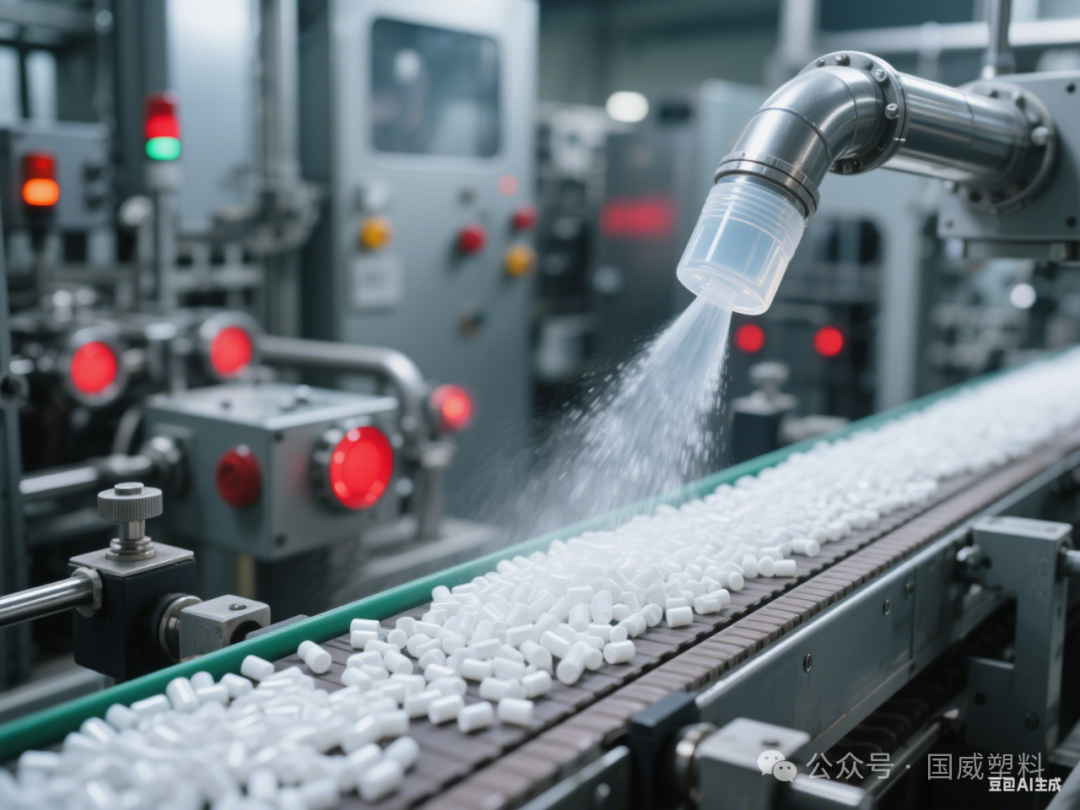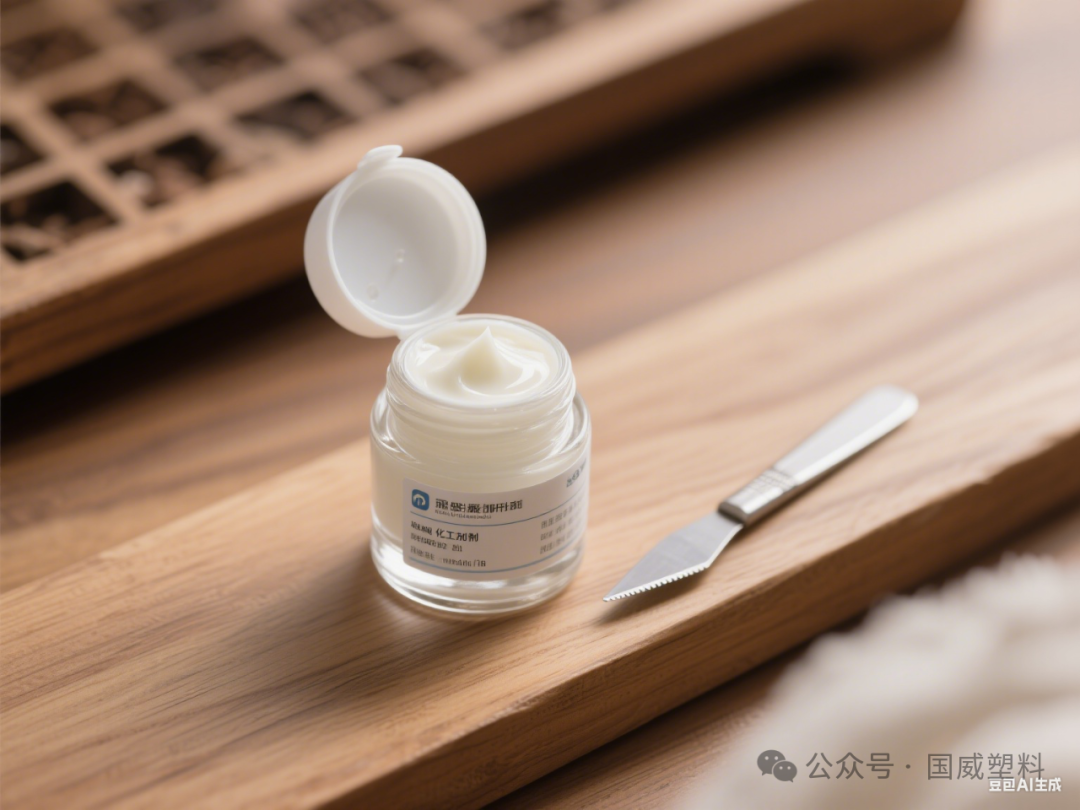Unlocking Chemical Additives: From Classification and Functions to Future Development Trends
Chemical auxiliaries refer to auxiliary chemicals added during chemical production processes to improve production technology, enhance product quality, increase product functionality, or reduce production costs. They are usually used in small amounts but have significant effects and are widely applied in various fields such as plastics, rubber, coatings, textiles, dyeing and printing, papermaking, leather, pharmaceuticals, and pesticides.
Classification of Chemical Additives
Chemical additives can be divided into several categories based on their application areas and functions. Here are some common types:
Plastic additives: used in the production and processing of plastics, including plasticizers, stabilizers, lubricants, colorants, etc. For example, plasticizers can increase the flexibility and plasticity of plastics, making them easier to process and use; stabilizers can prevent plastics from aging and deteriorating due to factors such as light and heat during processing and use.
Rubber additives: used in the processing and modification of rubber, mainly including vulcanizing agents, accelerators, anti-aging agents, and reinforcing agents. Vulcanizing agents enable rubber molecules to cross-link and form a network structure, improving the strength, elasticity, and wear resistance of rubber; anti-aging agents can delay the aging process of rubber, extending the service life of rubber products.
Coating additives: added to coatings to improve their performance, such as leveling agents, defoamers, dispersants, and drying accelerators. Leveling agents enable the coating to form a smooth and even surface after application; defoamers eliminate bubbles generated during the production and application processes, ensuring the quality of the coating.
Textile printing and dyeing auxiliaries: Used in textile and dyeing processes, including detergents, softeners, leveling agents, and fixing agents. Softeners can make textiles feel soft and comfortable; fixing agents can improve the fixation of dyes on textiles and prevent color fading.
Papermaking additives: Used in the papermaking process to improve paper quality and production efficiency, such as sizing agents, retention and drainage aids, strength agents, etc. Sizing agents give paper a certain degree of water resistance; retention and drainage aids can increase the retention of fibers and fillers in the pulp, reduce raw material loss, and accelerate the filtration rate.

The role of chemical auxiliaries
Improving production processes: Chemical additives can simplify production procedures, enhance production efficiency, and reduce energy and material consumption during manufacturing. For example, using lubricants in plastic processing can decrease friction between the plastic melt and equipment, making the process smoother and reducing energy consumption.
Improving product quality: They can enhance the physical properties, chemical properties, and appearance quality of products. For example, reinforcing agents in rubber additives can increase the strength and wear resistance of rubber products; leveling agents in coatings can make the coating surface smoother and more even, thus improving the decorative and protective properties of the coating.
Adding new functions to products: By incorporating specific chemical additives, products can acquire functions they originally did not possess. For example, adding flame retardant additives to textiles can make them flame resistant; adding antistatic additives to plastics can give them antistatic properties.
Reducing production costs: Although chemical additives themselves require certain costs, they can indirectly reduce production costs by improving production efficiency, reducing raw material waste, and extending product lifespan. For example, retention and drainage aids in papermaking additives can improve the utilization rate of raw materials, reduce raw material loss, and thereby lower production costs.

Development Trends of Chemical Additives
With the continuous development of the chemical industry and the increasing environmental protection requirements, chemical additives are also showing some new development trends:
Environmental Protection: An increasing number of environmentally friendly chemical additives are being developed and applied to reduce environmental pollution. For example, low-toxicity and low-volatility plasticizers are being developed to replace traditional toxic plasticizers; biodegradable surfactants are used as textile printing and dyeing auxiliaries, and so on.
Efficiency Enhancement: Committed to improving the usage efficiency of chemical additives, reducing their dosage while enhancing their effectiveness. The use of high-efficiency additives can lower production costs and reduce environmental impact.
Multifunctionalization: Develop chemical auxiliaries with multiple functions to meet complex production and application requirements. For example, a single coating additive can provide both leveling and defoaming effects, thereby reducing the variety and dosage of additives and simplifying the production process.
Specialization: Develop specialized chemical additives tailored to different application fields and specific product requirements in order to enhance product specificity and suitability. For example, specialized stabilizers or accelerators can be developed for certain types of plastic or rubber products.
In conclusion, chemical additives play an important role in the chemical industry, and their development is of great significance in promoting the progress of the chemical industry and enhancing the competitiveness of products.
【Copyright and Disclaimer】The above information is collected and organized by PlastMatch. The copyright belongs to the original author. This article is reprinted for the purpose of providing more information, and it does not imply that PlastMatch endorses the views expressed in the article or guarantees its accuracy. If there are any errors in the source attribution or if your legitimate rights have been infringed, please contact us, and we will promptly correct or remove the content. If other media, websites, or individuals use the aforementioned content, they must clearly indicate the original source and origin of the work and assume legal responsibility on their own.
Most Popular
-

EVA Morning Prices on September 12: Most of the Market Holds Steady, Highest Rise of 50 Yuan
-

[PET Weekly Outlook] Polyester Bottle Chips Expected to Oscillate and Warm Up with Costs Today
-

List Released! Mexico Announces 50% Tariff On 1,371 China Product Categories
-

EU Changes ELV Regulation Again: Recycled Plastic Content Dispute and Exclusion of Bio-Based Plastics
-

Case Study | Clariant AddWorks™ Additives Solve Plastic Yellowing Problem






